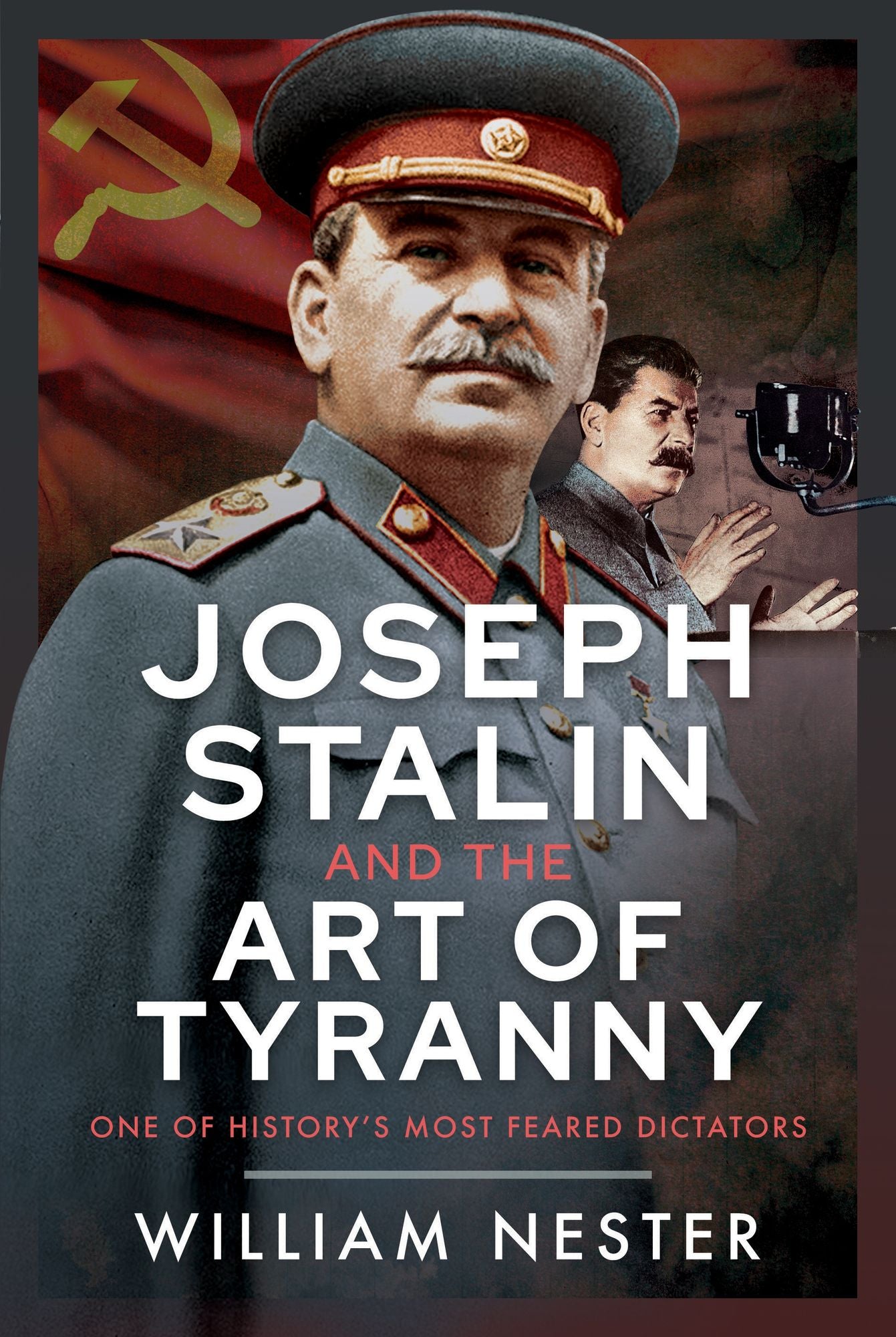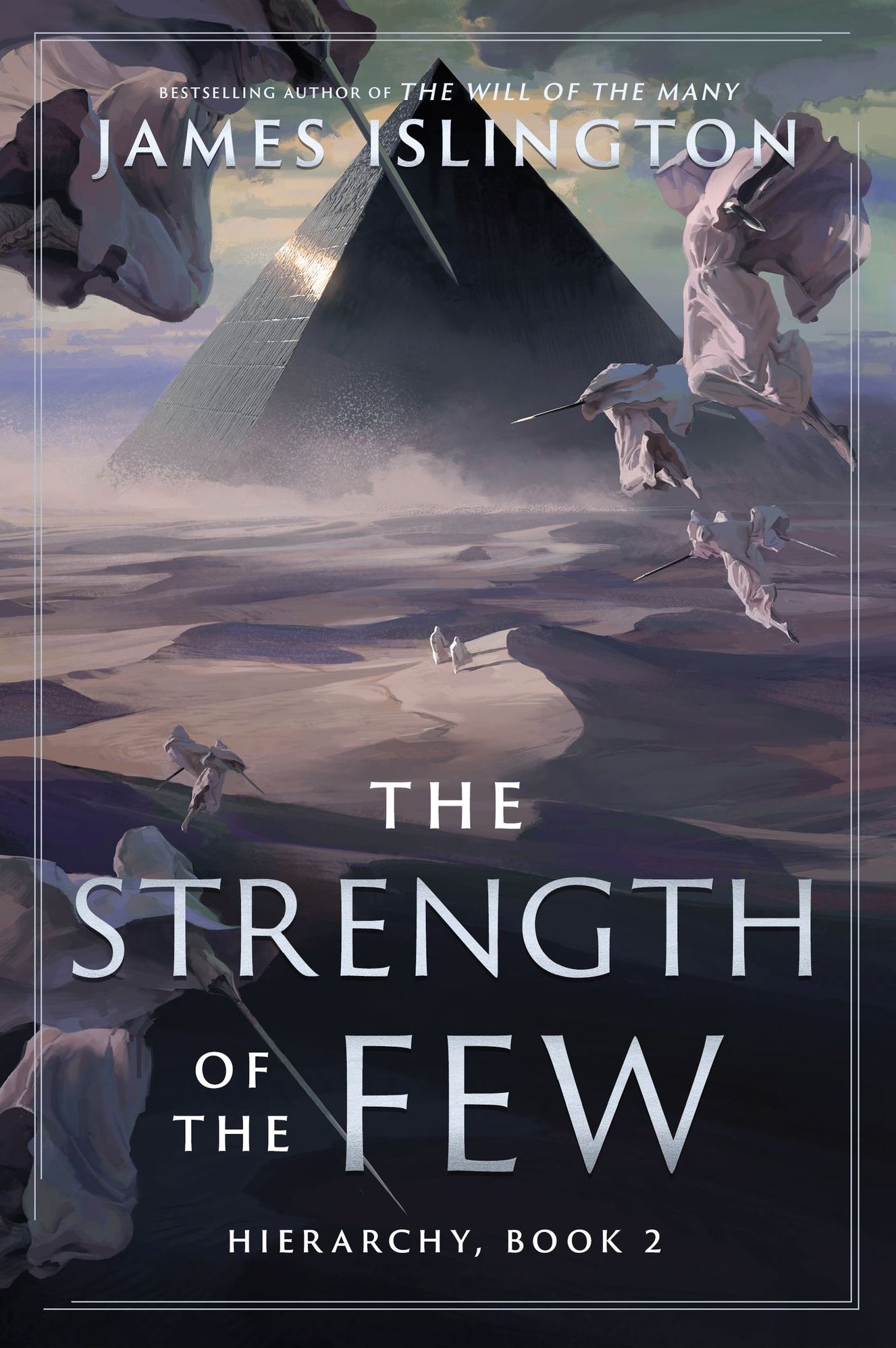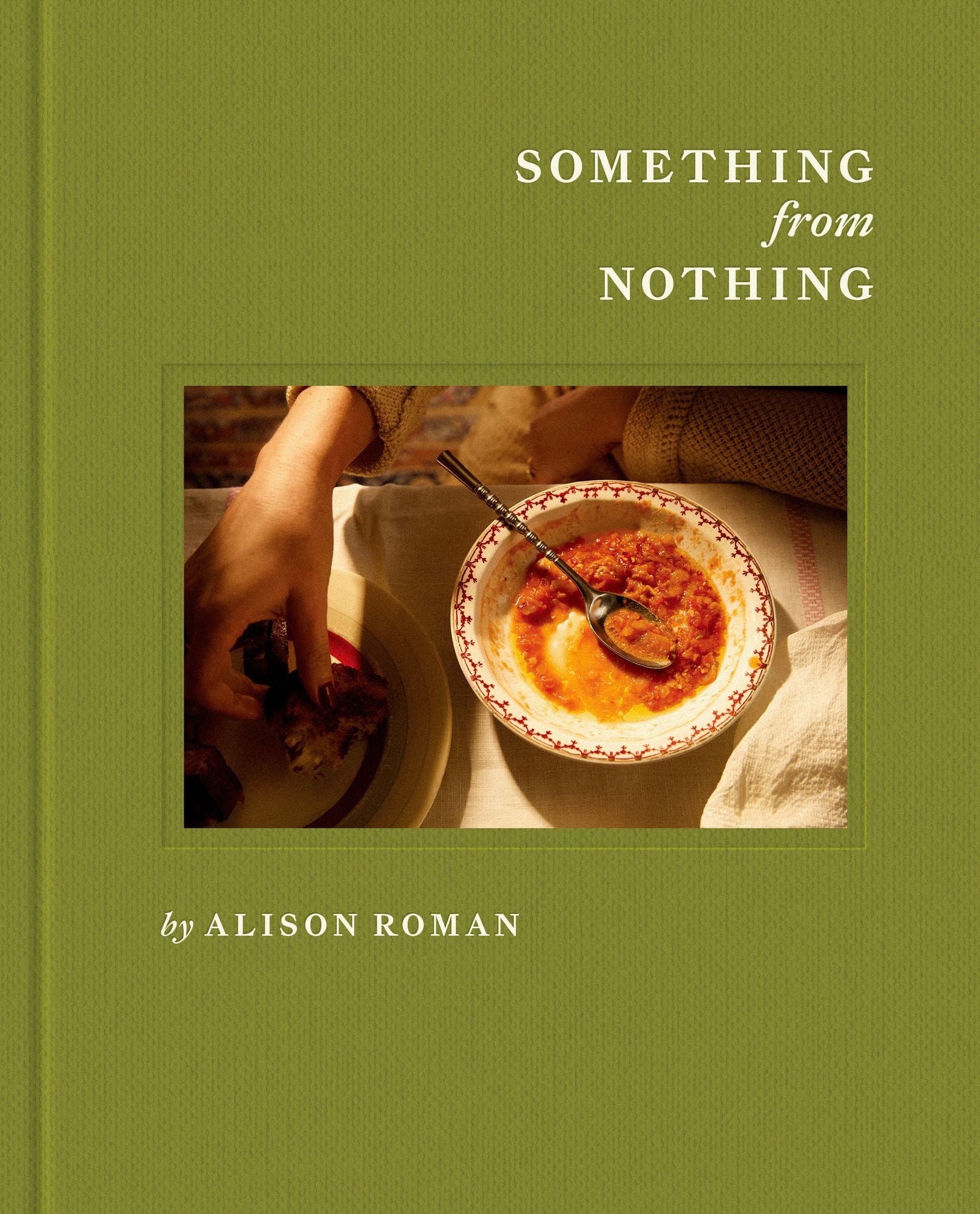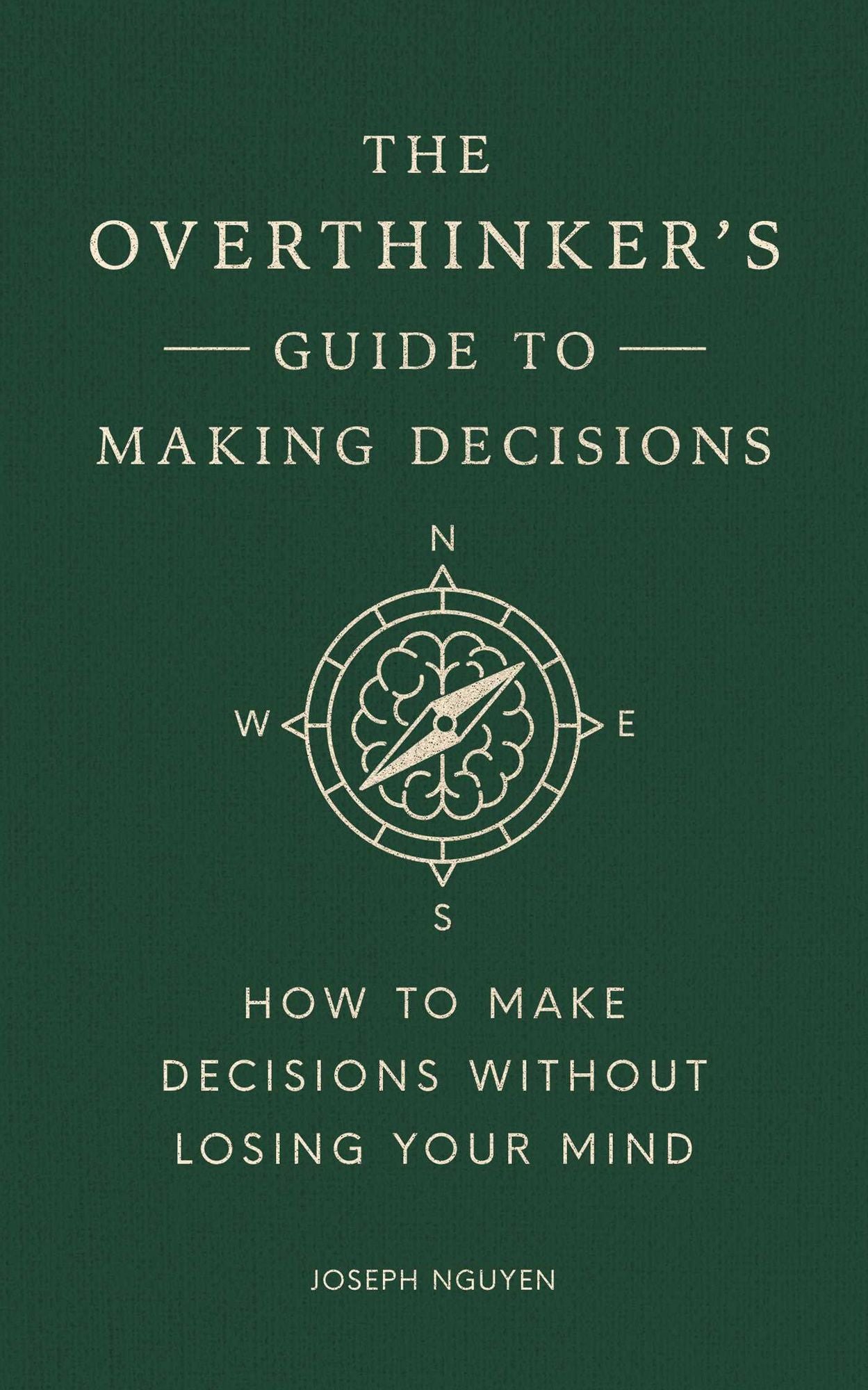
Joseph Stalin and the Art of Tyranny: One of History's Most Feared Dictators
Format: Hardcover
ISBN: 9781036131296
Publication Date: 10/30/2025
Explores how Stalin’s regime exemplified authoritarian power, its methods, and enduring global influence.
Joseph Stalin and the Art of Tyranny examines authoritarian rule, revealing how tyrants sustain power through a mix of comfort, terror, love, and fear, often convincing their subjects of their divine purpose. Such leaders build systems of loyalists and subservient institutions, enabling unchecked authority.
Joseph Stalin exemplifies this tyranny. As Soviet leader from 1929 to 1953, he implemented totalitarian policies, nationalizing industry and agriculture, controlling economic production through five-year plans, and eliminating dissent through imprisonment, forced labour, or execution. His brutal regime caused an estimated 20 million deaths.
Despite this grim legacy, Stalin’s reputation remains divisive. In Western democracies, he is remembered as a genocidal dictator, but in Russia he often ranks among the most admired historical figures, illustrating the paradox of his influence.
Stalinism served as a model for Communist regimes in China, Vietnam, and Cuba, shaping their governance. While many of these nations transitioned toward democracy, countries like Russia, China, and North Korea continue to echo Stalinist practices. Modern leaders such as Saddam Hussein, Vladimir Putin, and Xi Jinping have adopted similar strategies of control.
Joseph Stalin and the Art of Tyranny offers crucial insights into authoritarianism, revealing the enduring appeal and devastating impact of totalitarian rule.
Joseph Stalin and the Art of Tyranny examines authoritarian rule, revealing how tyrants sustain power through a mix of comfort, terror, love, and fear, often convincing their subjects of their divine purpose. Such leaders build systems of loyalists and subservient institutions, enabling unchecked authority.
Joseph Stalin exemplifies this tyranny. As Soviet leader from 1929 to 1953, he implemented totalitarian policies, nationalizing industry and agriculture, controlling economic production through five-year plans, and eliminating dissent through imprisonment, forced labour, or execution. His brutal regime caused an estimated 20 million deaths.
Despite this grim legacy, Stalin’s reputation remains divisive. In Western democracies, he is remembered as a genocidal dictator, but in Russia he often ranks among the most admired historical figures, illustrating the paradox of his influence.
Stalinism served as a model for Communist regimes in China, Vietnam, and Cuba, shaping their governance. While many of these nations transitioned toward democracy, countries like Russia, China, and North Korea continue to echo Stalinist practices. Modern leaders such as Saddam Hussein, Vladimir Putin, and Xi Jinping have adopted similar strategies of control.
Joseph Stalin and the Art of Tyranny offers crucial insights into authoritarianism, revealing the enduring appeal and devastating impact of totalitarian rule.
Choose options
New Releases
Rapunzel and the Sea Witch (or, The Little Mermaid and the Tower)
Kim Bussing
Paperback
Sale price$9.99
The Overthinker's Guide to Making Decisions: How to Make Decisions without Losing Your Mind
Joseph Nguyen
Hardcover
Sale price$22.00
The Same Backward as Forward (Deluxe Limited Edition)
Jennifer Lynn Barnes
Hardcover
Sale price$20.99
















